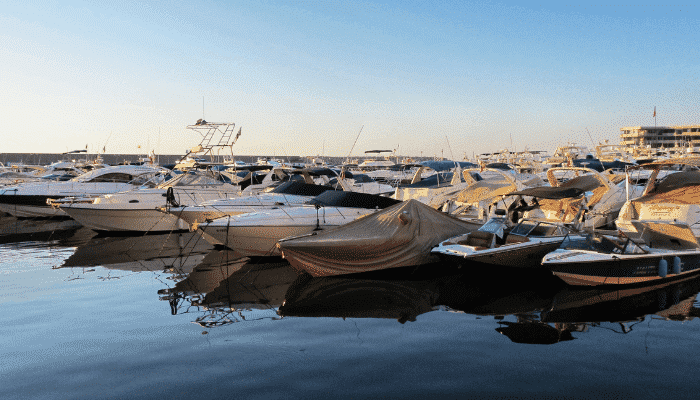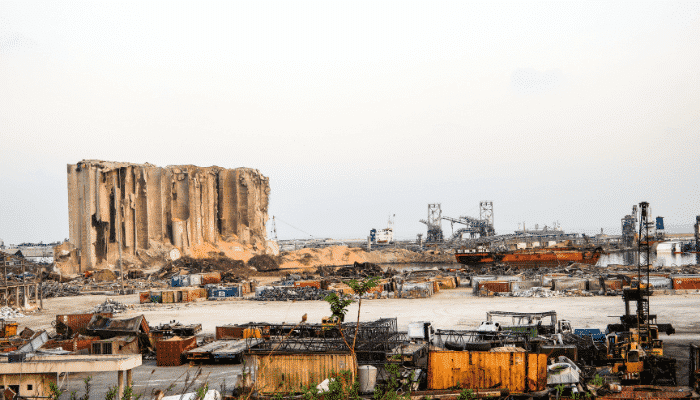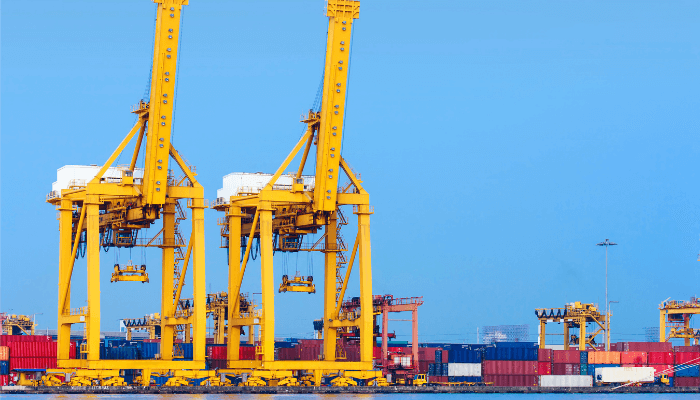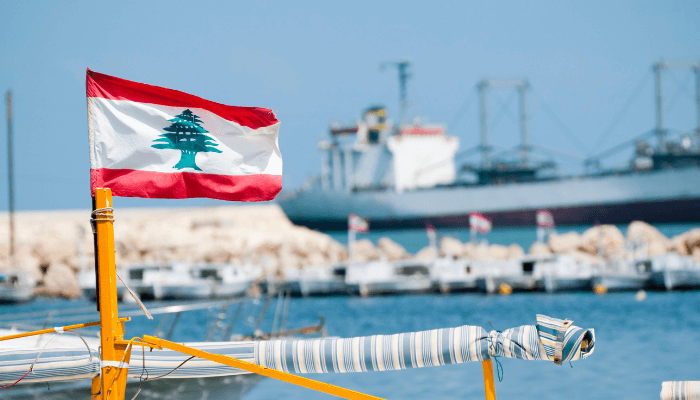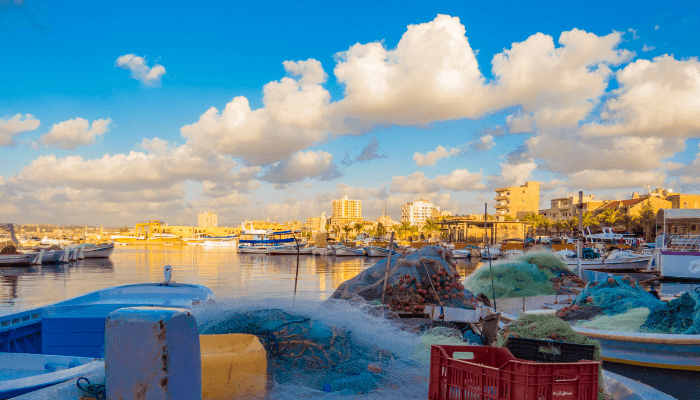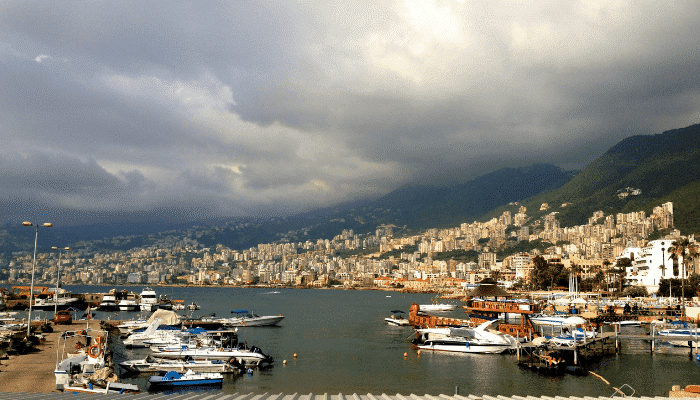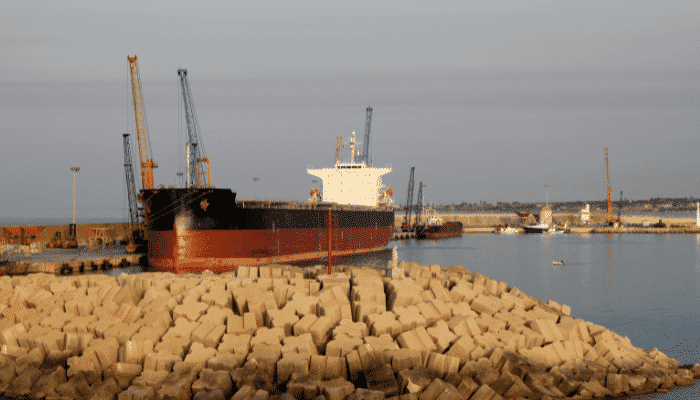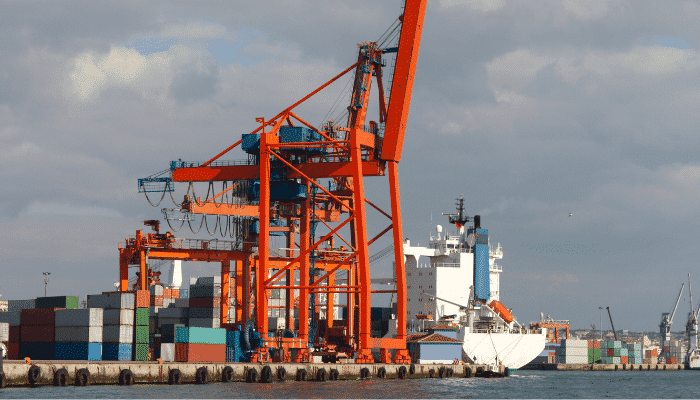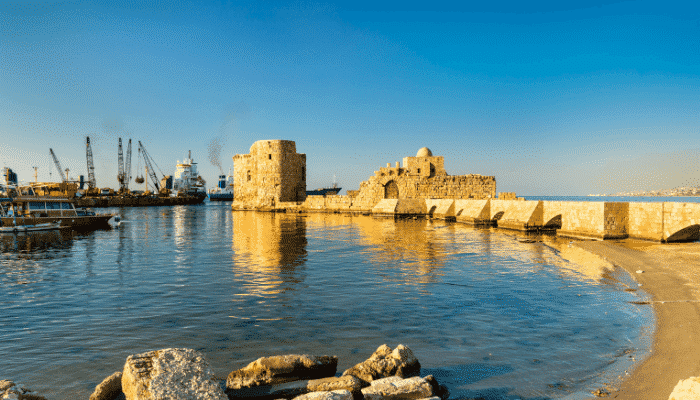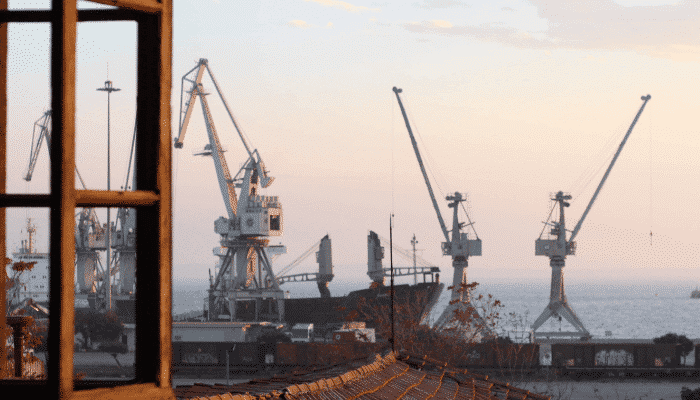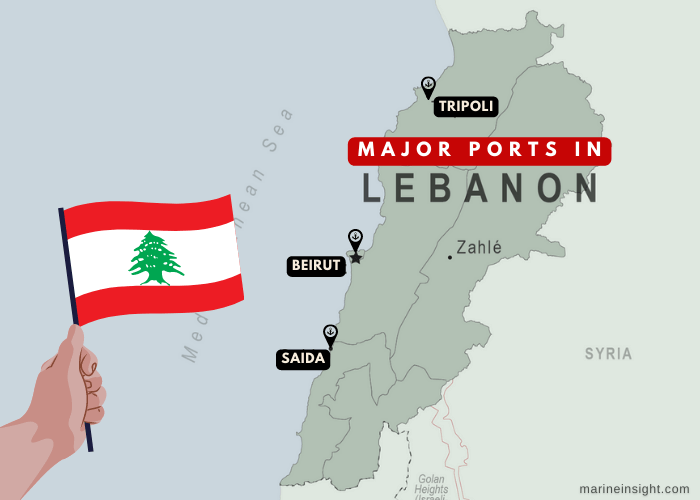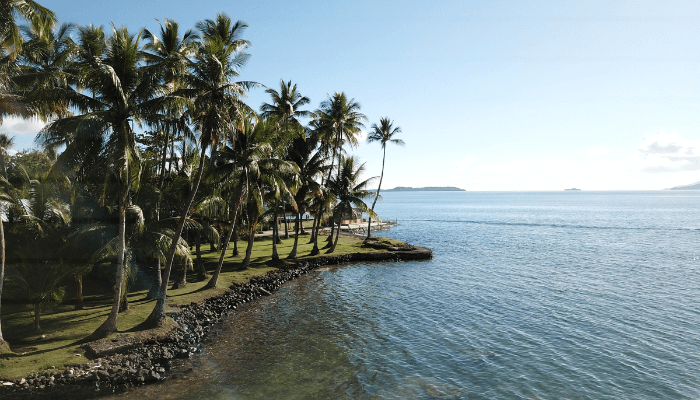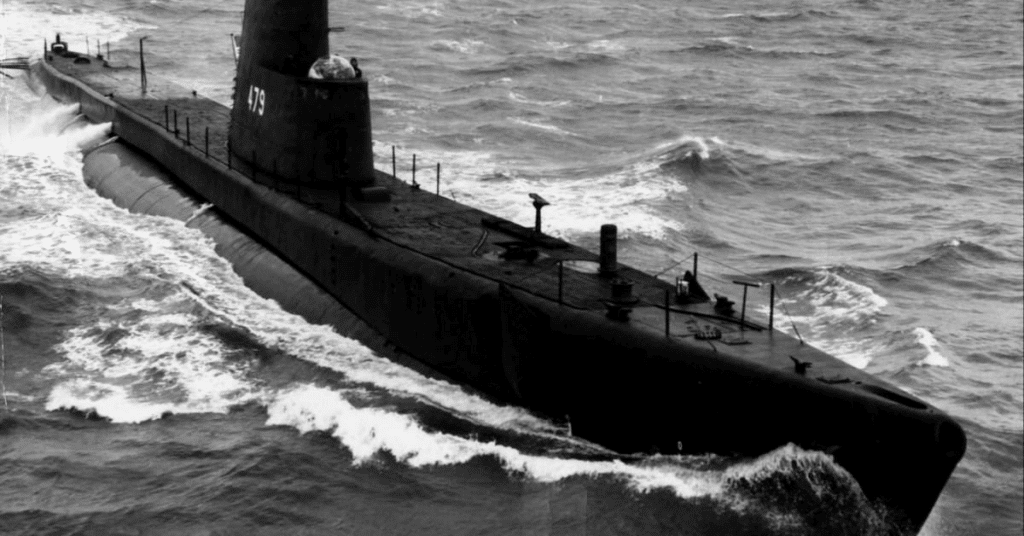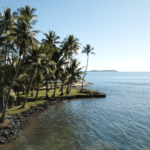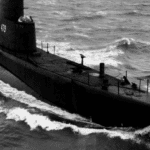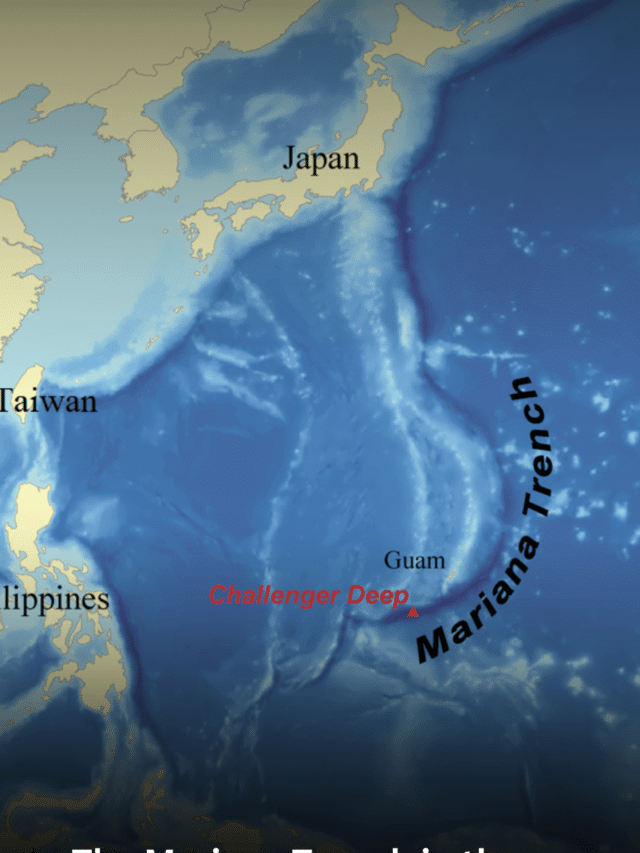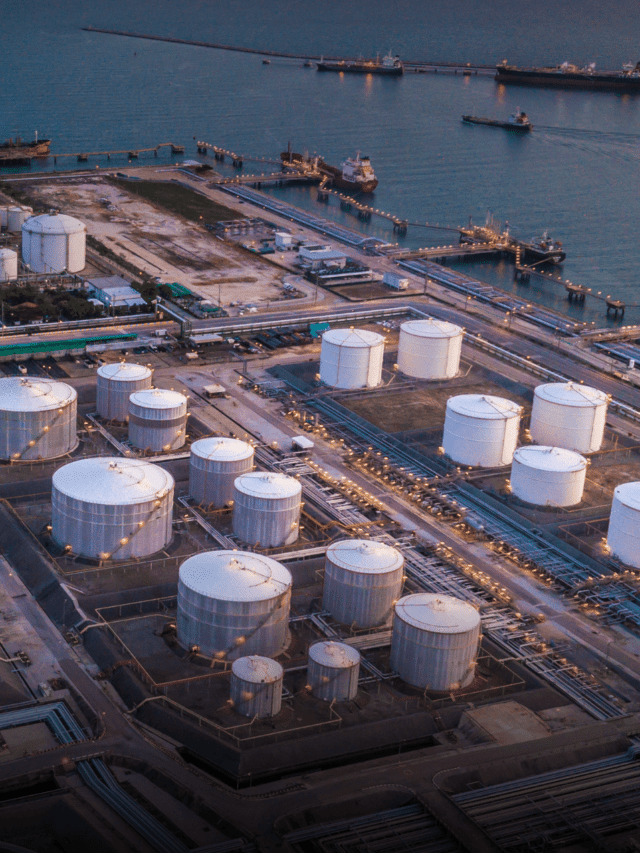Major Ports In Lebanon
Located at the confluence of the Mediterranean Basin and Arabian peninsula, the West Asian nation of Lebanon is one of the most culturally and ethnically rich among the Middle Eastern Countries.
It had a stable economy, driven by the services sector, agriculture, tourism, industries etc which was devastated by the 1970’s civil war.
All spheres suffered but trade and finance bore the brunt. Beirut port was turned to waste and political instability coupled with corruption led to increasing public debt. In the 1990s and 2000s, the government tried to rebuild the economy with the help of policy initiatives and international aid.
There are about 13 ports in Lebanon owned by the government, however, some are operated and managed by private agencies. They play an important role in driving the economy and significantly add to its GDP. These ports are not only hubs of exchange but also known for their nightlife, cuisine and are popular among tourists, especially from Japan.
The government of Lebanon recognized the importance of ports and has undertaken many port redevelopment projects. After the civil war, the Beirut reconstruction program was launched and it has received much success.
Port of Beirut/Bayrut
Strategically located amidst the three continents of Asia, Africa and Europe, Beirut port is the premier port of Lebanon and also known as the gateway to the Middle East. Two of the world’s most renowned shipping companies namely MSC and CMA-CGM have made it their transhipment hub.
It is crucial for transporting cargo to Persian Gulf nations, Jordan, Syria and Iraq. It was owned and operated by the Port Authority of Beirut but with the end of the civil war in 1990, the government took back its ownership. Since then it has been revamped and expanded periodically.
In 2020, an explosion at the Beirut port caused by ammonium nitrate resulted in thousands of casualties, ravaged the port and its infrastructure and also destroyed city buildings including hotels and hospitals. It caused enormous financial losses to Lebanon.
The Port of Beirut is huge, spanning 1,200,000 m² and comprises a General Cargo Terminal, a Container Terminal, a Passenger Terminal, Free Zone and a Silo storage area.
Beirut Port handled 3000 vessels in 2015 and has an annual capacity of 8 million tonnes of cargo. The container terminal can deal with 1,140,300 TEUs annually. The port can accommodate large vessels weighing about 60,000 DWT.
This port has 7 conventional berths, 7 container berths and a silo berth that are 5,155 m long. Beirut Port Company is still in charge of the equipment.
The Container terminal has 12 ship-to-shore gantries, 39 rubber-tyred gantry cranes and 6 container handlers and 19 mobile cranes. The General Cargo Terminal has 47 mobile cranes, 14 reach stackers, 8 tractors, 78 trailers and 50 forklifts.
Most container traffic is handled by berth 16 as it can take the biggest container ships. It spans over 36.5 hectares and handles 750,000 TEUs annually. Small ships are handled at berths 12, 13 and 14. The container terminal is undergoing the 2nd phase of expansion and when completed it would increase the handling capacity to 2.1 million TEUs annually.
The general cargo area of the Multipurpose terminal has 12 warehouses and a silo for storing grain. RoRo facilities are only at berth 13. It also has 800 reefer points for refrigerated containerised cargo.
The Silo Terminal, managed by the Ministry of Economy, can store 120,000 mt of grains, especially wheat. There are 48 cells each with 2,500 mt capacity. There are also 500 cells with 500 mt capacity.
The port has a Logistics free zone and a free zone that comprises a duty-free market, 3 industrial buildings, and a special warehouse for storing hazardous substances.
Dora Terminals
There are 8 private terminals at Dora, which lie in the northern part of Beirut port. These include the Medco, MPC, Jirco, Coral Oil, Wardieh, Uniterninal, Gas Liban and Total terminals.
Port of Amchit
A Subport of Beirut, it is used for the discharge of clean oil products. It has 2 terminals namely the IPT terminal and the Universal Gas Terminal.
Port of Tripoli
Tripoli Port is the second busiest Lebanese port after Beirut. It is just 30 km away from the Syrian border and spans 3,000,000 m2. About 420,000 m2 area adjacent to the port is reserved for the construction of a container terminal and a free market zone that is currently being built.
This port handles goods like iron, wood, sugar, beans, iron scrap, vehicles, and construction material. It is undergoing expansion and a new berth, 600 m long, is being constructed for handling container traffic.
A rear zone area covering 1,200,000 m2 is being built as a free economic zone. The port has 8 conventional berths and 1 container berth. The port equipment includes 4 gantry cranes, 54 mobile cranes with different capacities, reach stackers, 2 trans stainers and 24 forklifts.
The container yard spans 10,000m to store containers and also offers a cold storage facility. The Main storage Terminal has 4 warehouses, 10 warehouses for storing dry goods and wood, 5 yards for keeping imported cars.
Port of Sour or Tyre/ Sur/ Tyrus
Port of Tyre is a small port situated in south Lebanon. It operates only during the day and there is no permission for night berthing or sailing. It is frequently visited by small fishing boats and private pleasure vessels, sailing boats. It is not well-sheltered and is not operable during winters due to strong northerly winds and waves.
This port has 3 berths and only 1 that is 150 m long can handle ocean-going vessels. However, it cannot accommodate larger vessels. This port receives 2 to 3 small vessels a month. It has no port equipment but has a storage area and a warehouse used for keeping vehicles.
Port of Jounieh
This port is located about 30 km north of Beirut. It is a medium-sized port that handles mainly coastal traffic. It handles around 300 vessels every year and can handle ships not more than 60 m long. It has 5 cranes. Usually, pleasure crafts and sailing ships visit this port. It is famous among tourists and managed by the Jounieh Port authority.
Zouk Terminal
Subport of Jounieh, the Zouk Terminal is located just 10 miles from Beirut and is only 5 miles south of Jounieh port. It comprises the Zouk EDL Power Station Terminal and the Selaata-Ras Selaata Terminal. Both of these are used for discharge operations.
Port of Jieh/ Jiye/Jiyeh
Jiyeh Port is located 25 miles from Beirut port and has a medium-sized harbour. It has two terminals, out of which only one i.e the Levant oil or Cogeco terminal is operational. It receives only oil and chemical tankers. Vessels measuring about 230 m can enter this port. The maximum draught is 11 m and the maximum deadweight is 68500 tonnes. It usually receives two vessels in a day.
Port of Chekka
This port is located on the northern shoreline of Lebanon and handles cement works. It has 2 berths that are not well-sheltered. It imports about 178,000 tonnes of phosphates, machine parts and firebricks. Exports include 180,000 tonnes of cement and chemicals. It handles 360,000 tonnes of traffic annually.
Port of Sidon
It is a dry cargo port and has 6 berths. Most of the port facilities are operated by private companies. It can handle and store fuel oil, gas oil, gasoline, LPG, asphalt, jet fuel, and a separate berth for handling dry cargo. It has a marina and is under the management of the Beirut Port Authority. Tankers with a maximum draft of 15 m can enter the port.
Zahrani Oil Terminal/ Sidon Oil Terminal
It is located about 8 km south of Sidon. There are two terminals, the Zahrani Oil Installation which connects a pipeline from Arabia. The second is the Zahrani Power Plant. The terminals can handle vessels weighing about 80,000 DWT and the draught is 13 m.
Port of Selaata
Selaata is a medium-sized port. The kind of vessels handled include general cargo laden ships, bulk carriers and oil and chemical tankers. Vessels measuring 190 meters can enter this port. The maximum draught is 10 m and the maximum deadweight for ships is approximately 5400 tonnes.
Conclusion
These were some of the major ports in Lebanon that bring in valuable revenue from import-export trade and aid in the country’s infrastructural development.
You might also like to read:
- 5 Major Ports In Liberia
- What Are The Major Ports In Jordan?
- 5 Major Ports In Guatemala
- 5 Major Ports In Sudan
- 4 Major Ports In Cambodia
Disclaimer: The authors’ views expressed in this article do not necessarily reflect the views of Marine Insight. Data and charts, if used, in the article have been sourced from available information and have not been authenticated by any statutory authority. The author and Marine Insight do not claim it to be accurate nor accept any responsibility for the same. The views constitute only the opinions and do not constitute any guidelines or recommendations on any course of action to be followed by the reader.
Do you have info to share with us ? Suggest a correction
Latest Maritime Knowledge Articles You Would Like:
Subscribe To Our Newsletters
By subscribing, you agree to our Privacy Policy and may receive occasional deal communications; you can unsubscribe anytime.
Web Stories



